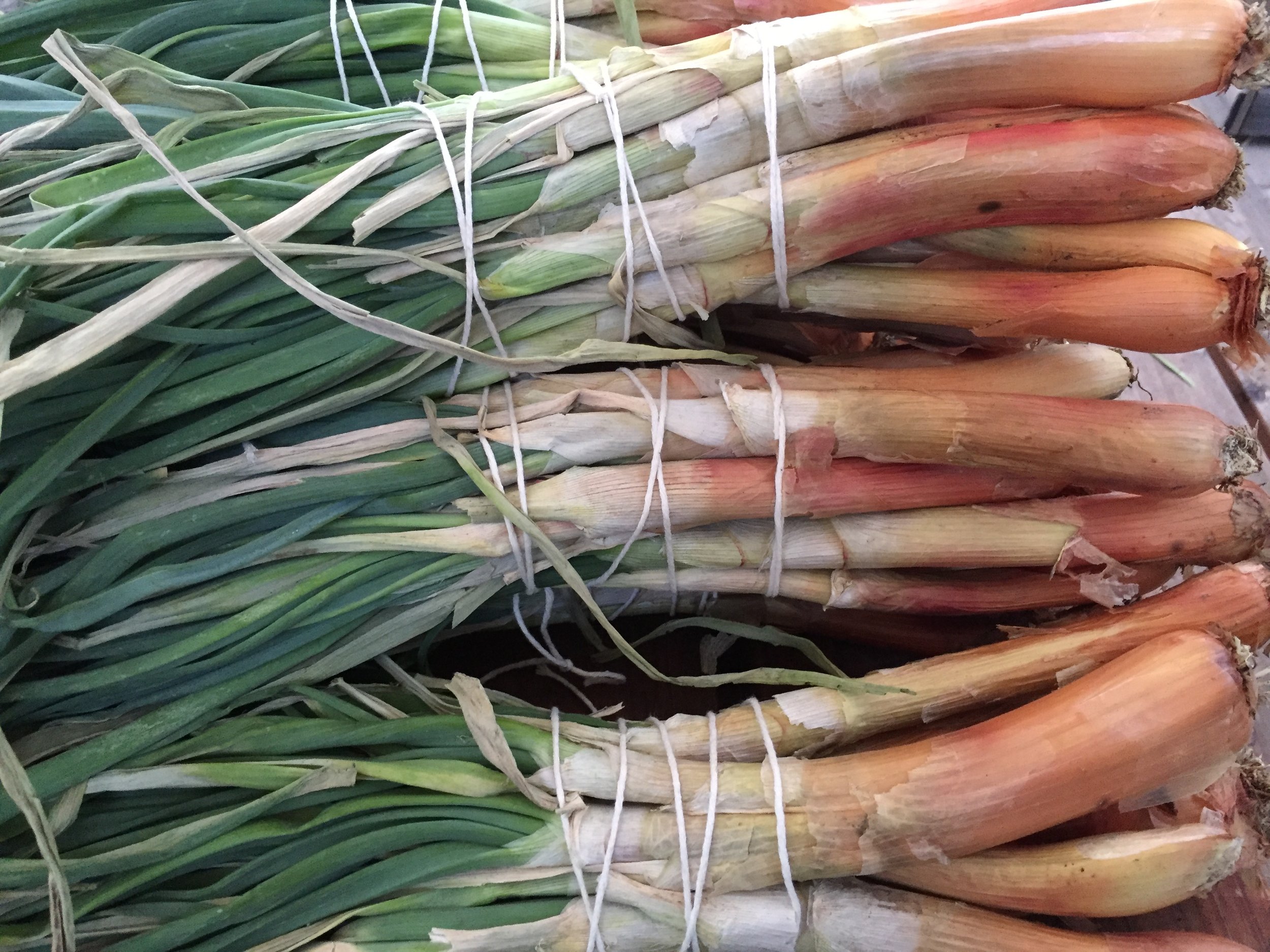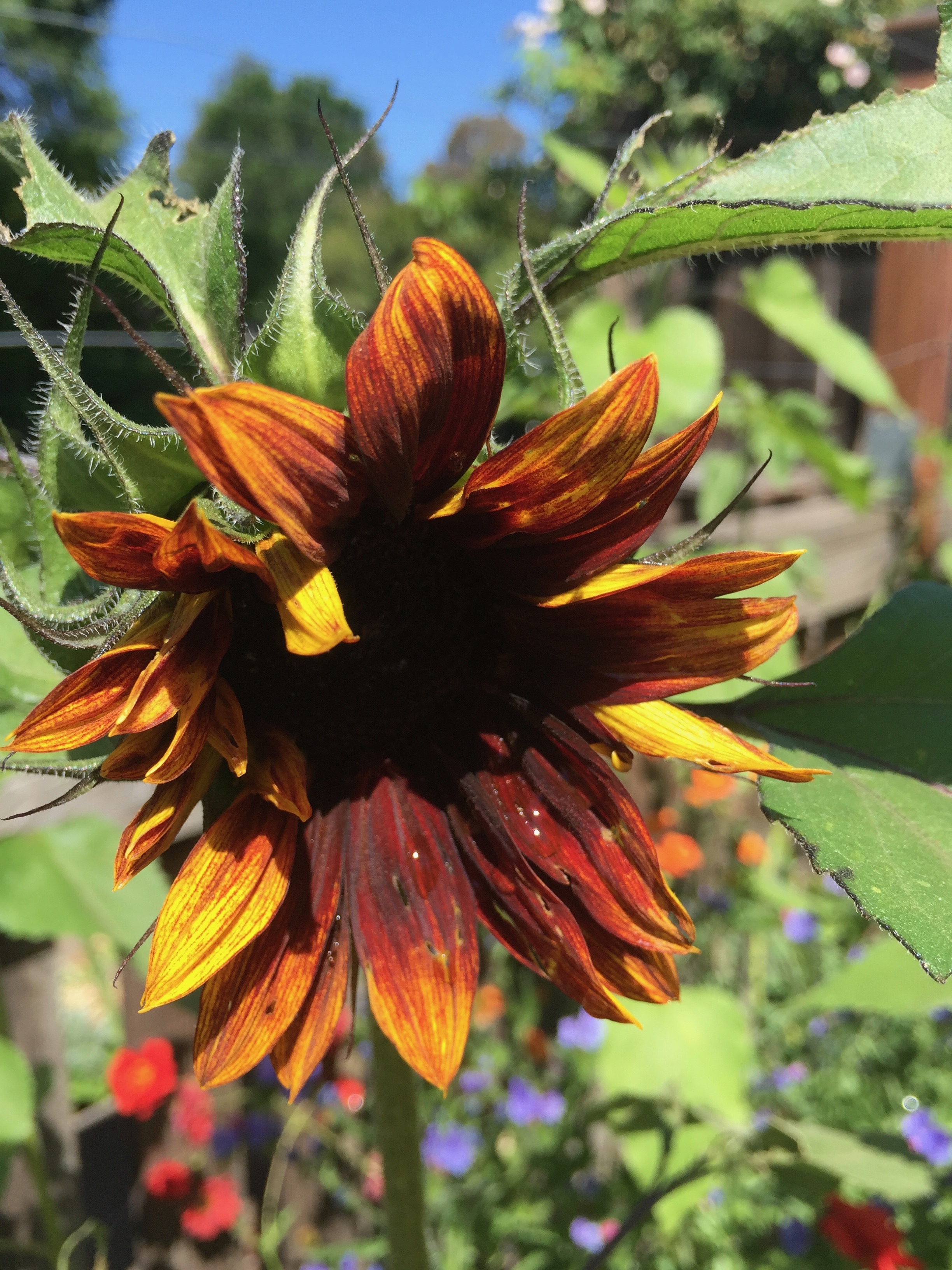Adam and I just arrived back home after a trip to the middle of the country; namely, Ames Iowa, home of Iowa State University. Adam participates in a yearly competition called Odyssey of the Mind; it's too hard to explain it here (click the link for more), but it's a great organization and he's been doing it since the 3rd grade. His team has twice gone to the international portion of the competition after acing both Regionals and State; both times the event has been held at Iowa State in Ames. Tom went with Adam last time, so it was my turn this year. The event itself was mind-opening and exciting, we saw teams from all over the world and saw incredible performances. Our team is already looking forward to next year's event and hoping to attend (it will be in Michigan in 2019).
And the university itself is quite lovely, with all the things we don't get to enjoy in California - vast mowed lawns, swathes of peonies and hostas in the woodland areas, and fireflies in summer. We saw a dramatic afternoon thunderstorm, with dark clouds racing across the big prairie sky. We had frogs hop in front of the car on the freeway, which bordered a river. Large groups of robins fed from the lawns everywhere we looked. Bunnies hopped out of the bushes at dusk. All of that was quite charming and fun to experience.
But there were far more things that made me appreciate coming home to California. I'm not knocking the midwest, but there are just some things we Californians do better. Like carry reusable water bottles everywhere we go, rather than buying plastic. Having recycling and compost bins next to every trash bin in any public place. Reducing the use of water whenever possible (I watched a landscape-worker watering a flower bed the morning after the heavy rain. When I asked why, he said 'they pay me to do this, so I'm doing it.') Making sure fresh fruit and vegetables are available at every meal (understandable to have canned or frozen in the winter in the midwest, but why in late May, when many things are at their peak?). Don't even get me started on the university's cafeteria food (five soda stations at every cafeteria and only one with water).
Adam and I ate twice at the cafeteria, and then we had to stop. It just made us feel horrible to eat what was available there (reheated, plastic food). We had the foresight to rent a car which allowed us to explore the nearby town of Ames. Among a million fast food places, we found a diamond: Wheatsfield Cooperative, a tiny natural grocery store that featured locally grown, organic produce and meals. We were so happy to have a place to buy salads and sandwiches, kombucha and real lemonade. I told Tom when we got back that you really know you are from California when you read a sign on the co-op picnic area wall ("These oak tables were milled and made from the 200 year-old oak that stood next to our store and was felled in a storm") and think "THESE ARE MY PEOPLE." We make fun of ourselves for our "Portlandia" mentality but it really is true that there is a care for the artisanal that lives deeply in us.
It made me think again about food security and food justice. There we were, in the middle of one of the greatest agricultural places on earth, and it was difficult to find real food. We are fortunate enough to have the means to search out and purchase the best we can find. But what about the people who can't? Why is the cheap, fake food so much more available than the real stuff? This is an issue that many folks are wrestling with and it's a noble battle.
Another very interesting aspect of our time in Iowa was that I saw no bees. The campus is full of flowers that are empty. We visited Reiman Gardens on campus, a lovely 14-acre property filled with gorgeous flowers and trees. I saw two native bees, one carpenter and one bumble. That was it. I asked a docent, "Do you have a native garden section? I'm very interested in the native prairie ecosystem." I was told no. They used to have one but it's being torn up to make more landscaping. I searched their 'pollinator garden' - no insects. I found it incredibly disturbing.
Meanwhile, we arrived home last night to find a homemade dinner waiting for us, chock full of real ingredients, that Tom had lovingly prepared. This morning, I woke at 6, grateful (for a short time at least) for the dry sunshine. I went outside in my pj's and picked and ate the first blueberries from our bushes, and some strawberries from our strawberry wall. I visited the chickens and gave them some collards from the garden. I watered all the plants and had visions of soon-to-appear tomatoes, peppers, and cucumbers. I sat and watched the bees for a minute and appreciated their presence. I knelt down in one of our pollinator gardens, which happens to be full of poppies at the moment: there was a bee in every.single.flower.
I'm often disdainful of California and this state is in no way perfect. But there are a few things we really have gotten right here. I'm very grateful to be home.





























